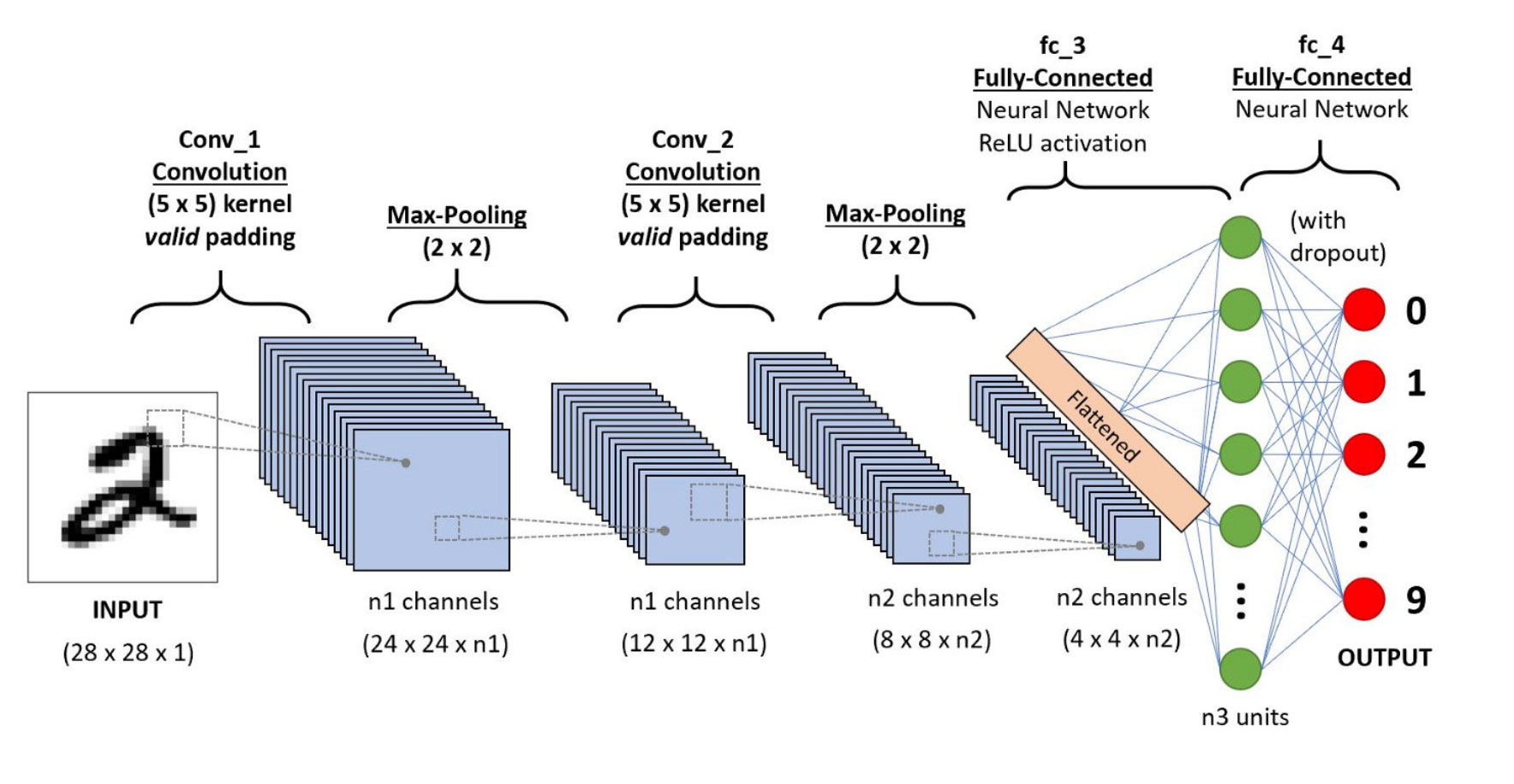Machine learning is a powerful subset of artificial intelligence that trains algorithms to learn patterns in data without explicit programming. One type of machine learning algorithm, neural networks, is modeled after the brain's structure and function, using interconnected neurons to recognize patterns in data. Researchers can adjust the number and complexity of layers in the model architecture to optimize accurate predictions based on available training data. Neural networks have been applied successfully in various fields, including speech recognition, natural language processing, and pattern recognition in images, such as mapping crops from satellite images. Neural network models are algorithms that use patterns in data to make predictions or classifications. These models can recognize patterns in satellite images corresponding to different land covers and crop types, making them useful tools in identifying different crops. User-generated training data can help accurately identify and map different crop types across large areas, improving the efficiency and accuracy of crop monitoring and management. In this section, we will delve into the workings of neural network models, exploring their architecture and how they operate.
